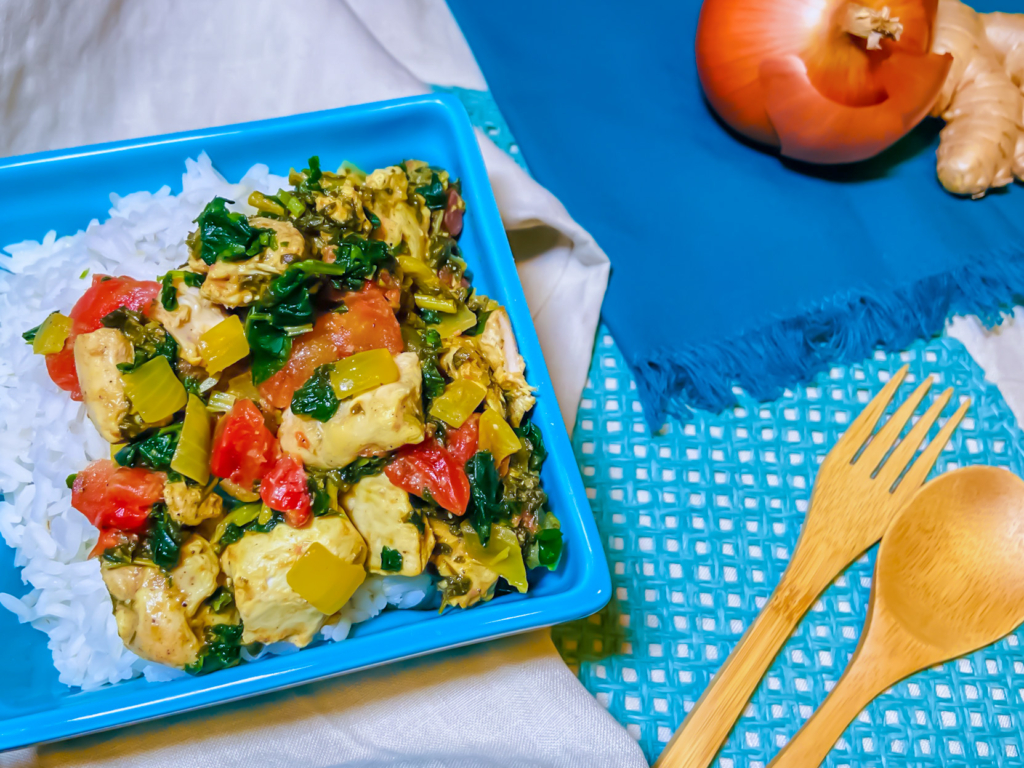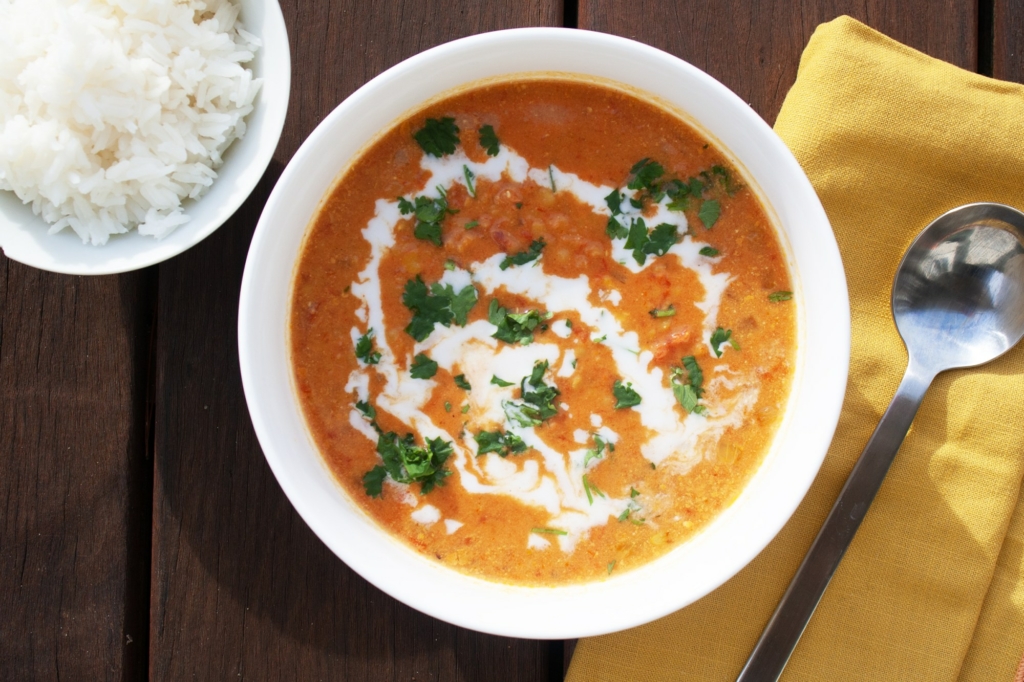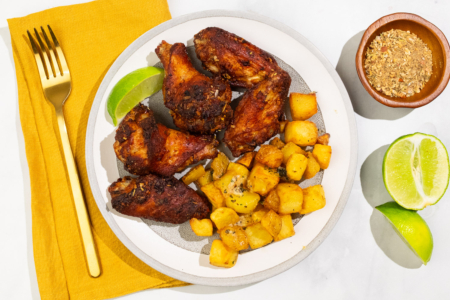The curry tree, also known as sweet neem, is a fresh herb tree native to India and South Asia. Its leaves are used as an aromatic spice in Indian cooking and are rich in anti-inflammatory compounds, making them a well-rounded culinary ingredient worth keeping in your kitchen.
History of Curry Leaves
Curry leaves were first documented between the 1st and 4th centuries BC in the Kannada and Tamil texts of South India. In the early works of Tamil and Kannada literature, kari is noted as a flavoring agent for vegetables. It is believed that kari eventually became known as curry.
Appearance of Curry Leaves
Curry leaves are glossy and bright green in color. The leaves are teardrop shaped, with a length of around one to one and a half inches and a pointed end.

Flavor of Curry Leaves
Curry leaves have a distinctive bittersweet aroma and a nutty, pungent, and sweet taste. When added as an herb to hot dishes, they impart a rich, spicy, and citrusy flavor.
Culinary Benefits
Curry leaves are most famous for their role in versatile curry powder.
You can find curry powder at your local grocery store or you can make your own by grinding dried red chilies, fenugreek seeds, back peppercorns, ginger powder, garlic powder, turmeric, mustard seeds, fennel seeds, cumin seeds, cinnamon, and dried curry leaves together until smooth. A teaspoon or so can elevate an ordinary curry to a whole new level!

Did you know that you can make your Thai curry paste with some curry powder? Add a dash of lime juice, fresh ginger, and fish sauce to curry powder and you have your very own Thai paste! Check out this delectable Thai curry with salmon and rice.
Fry minced ginger and garlic in some neutral oil and add curry powder. Use this aromatic blend as a base for an Indian-style chicken curry. Try out this mouth-watering version of this Indian dish.

Make curry leaf oil by frying some leaves in oil for a few minutes until sizzling. Remove the curry leaves and pour the infused oil into a tight-fitting jar. For an easy snack, spread warm curry leaf oil onto toasted pita bread and sprinkle with a little salt.
In Indian cuisine a common dish is yellow lentils stewed with curry leaves. Also known as dal, this lentil stew is packed with lentils, chopped tomatoes, onion, ginger, turmeric, chilies, and salt. Ghee (clarified butter), mustard seeds, cumin seeds, onion, and curry leaves are heated together. This heating process, known as tadka, infuses the oil with flavor. Try adding this spice-rich oil to our red lentil stew recipe for an extra boost of flavor.

Storage
Fresh curry leaves will last 5-7 days in the refrigerator. If you buy them with the stem intact, store them in freshwater inside the fridge. Curry leaves can also be stored in the freezer if you don’t plan to use them all right away.
Want to store them for even longer? Wash curry leaves, dry them for 2-3 days, and grind them to make a powder that will last for months.



